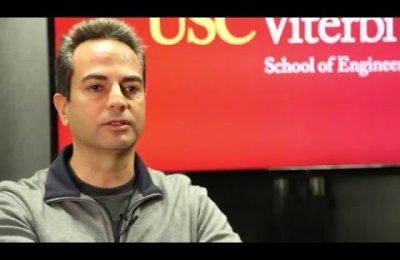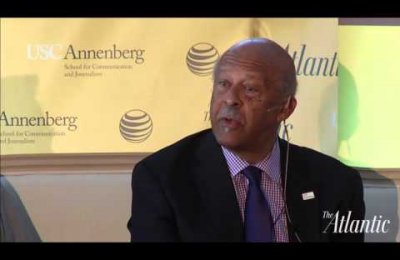Following the first presidential debate of 2012, socalTECH.com, a site dedicated to the coverage of Southern California's technology news, featured a discussion with Annenberg Innovation Lab Director Jonathan Taplin concerning the lab's use of Twitter as an indicator of public sentiment in the 2012 presidential election. "What we're doing is a real-time Twitter sentiment analytic tool for politics," said Taplin, also a communication professor. The lab's Twitter Sentiment Analysis sifts through politically oriented tweets, categorizing them into positive or negative sentiment fields in an effort to gauge live public opinion on the candidates. According to Taplin, the Annenberg Innovation Lab is constantly tweaking the model to account for sarcasm and political lexicon, which computer language programs cannot interpret. "It's a fairly complicated domain because most people who tweet on politics are snarky," he said. "Now, we're just asking everyone who uses the tool to annotate things they think are incorrect." Taplin acknowledged that while the tool will not provide an accurate prediction of election results, its value comes from its ability to create a real-time "million-person focus group." "We got about 10 million tweets last night, and we're really trying to understand who is tweeting, what they are tweeting about, and what does it mean." The Innovation Lab, an interdisciplinary venture combining the work of USC Annenberg with that of the USC Viterbi School of Engineering and its Signal Analysis and Interpretation Lab, is decoding these tweets using elements of both communication and engineering. "The computer scientists are interested in the new tasks as [a] way to parse language and understand language, and social scientists need the help of computer scientists, because trying to manually look at 1,300 tweets a second is something we're not going to do," Taplin said. "That combination of social science and computer science, we think, is one of the unique things we're doing as a lab." More information about the Twitter Sentiment Analysis tool and the Annenberg Innovation Lab can be found on Taplin's blog. Annenberg Innovation Lab Read the article
Annenberg Innovation Lab uses Twitter to chart public sentiment on elections
October 5, 2012
Updated May 3, 2023 12:41 p.m.









